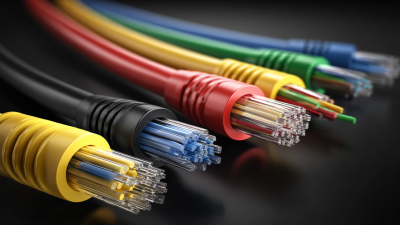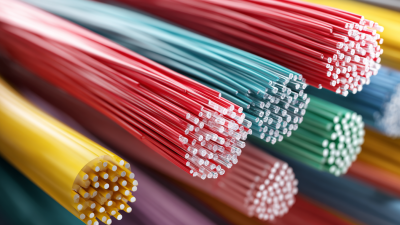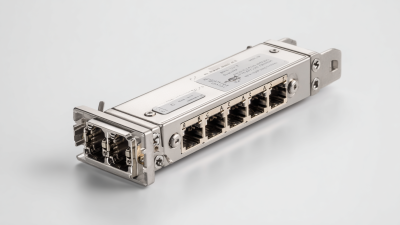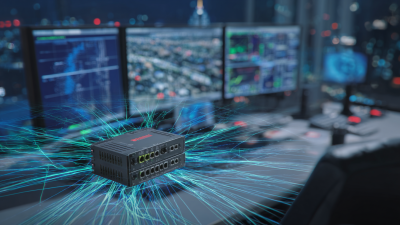Industries
Get direct access to our extensive portfolio of optical products and specialist technical expertise.
Get direct access to our extensive portfolio of optical products and specialist technical expertise.
In today's fast-paced technological landscape, adopting a robust network infrastructure is crucial for businesses aiming to enhance their connectivity and data transmission capabilities. One significant advancement in this domain is the use of multi mode fiber cable, which offers a range of benefits over traditional copper cabling. This versatile type of fiber optic cable supports multiple light modes, resulting in improved bandwidth and speed, essential for meeting the demands of modern applications such as cloud computing, data centers, and high-definition streaming. Furthermore, multi mode fiber cable is easier to install and provides exceptional performance over short distances, making it an ideal choice for various settings, from office environments to educational institutions. As organizations increasingly recognize the need for reliable and scalable networks, understanding how to effectively implement multi mode fiber cable becomes a priority for IT professionals and decision-makers alike.
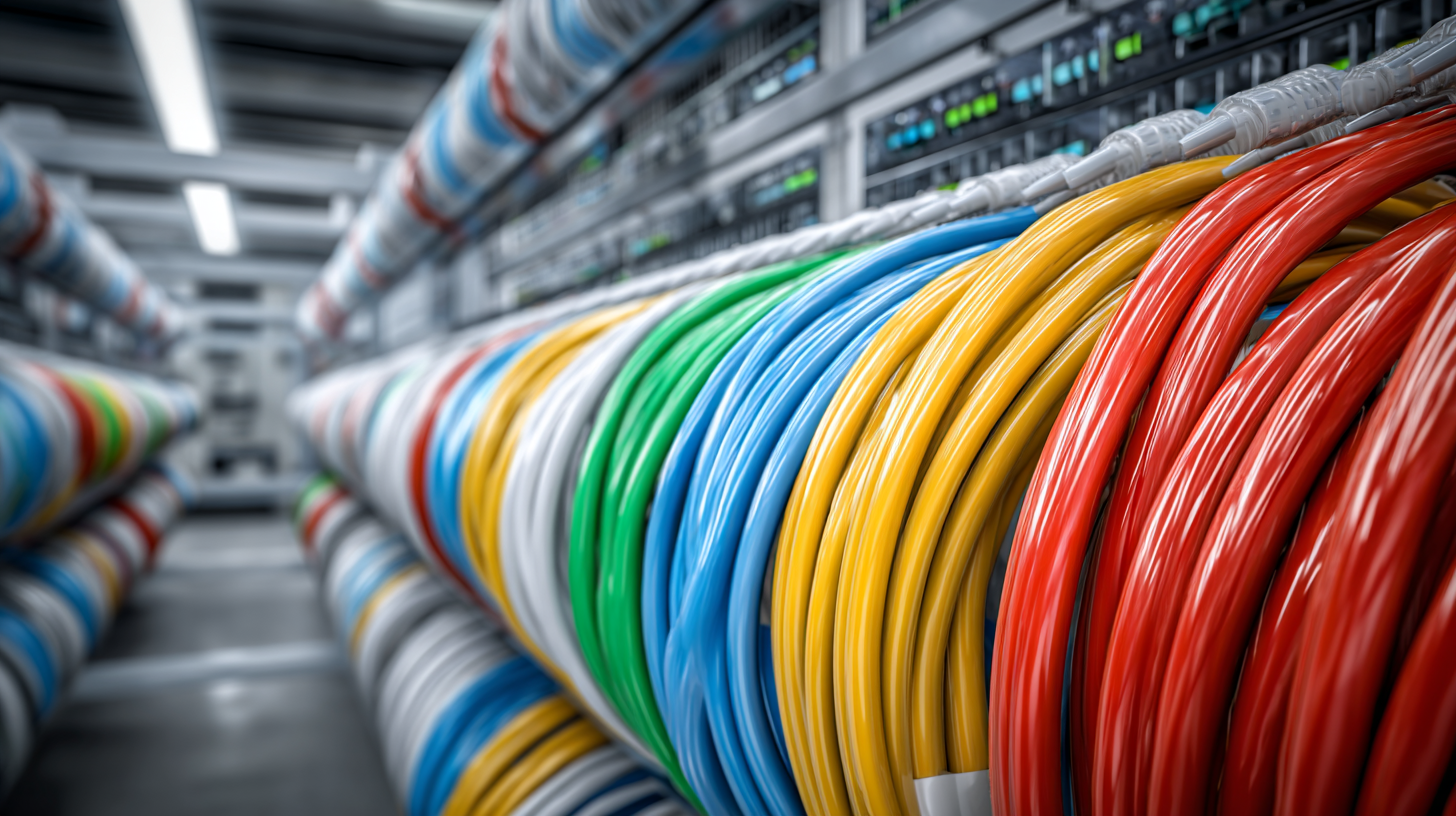
Multi-mode fiber (MMF) cables play a crucial role in modern network infrastructures, offering numerous advantages that align with the increasing demand for high-speed data transmission. According to recent market analysis, multi-mode fiber cable holds a significant share in the global lit fiber market and is expected to maintain this dominance in the coming years. This is driven by the rapid expansion of data centers and cloud computing services, which rely heavily on efficient data transfer capabilities. The projected growth of the fiber optic components market emphasizes the importance of adopting advanced technologies like MMF to meet the demands of evolving network requirements.
Additionally, the capabilities of multi-mode fiber cables are further highlighted by industry advancements, such as the introduction of multi-core fiber technology. These innovations promise enhanced data speeds and increased bandwidth, essential for supporting the rising internet traffic spurred by global digitization trends. For instance, growth forecasts indicate that the direct burial fiber optic cable market, which includes multi-mode cables, is expected to rise significantly, from approximately USD 3.08 billion in 2025 to USD 5.41 billion by 2035. This trend showcases the pivotal role multi-mode fiber plays in enhancing connectivity and performance in both urban and rural areas, ensuring that network infrastructures remain robust and efficient.
| Dimension | Details |
|---|---|
| Type of Fiber | Multi-Mode Fiber (MMF) |
| Core Diameter | 50 µm or 62.5 µm |
| Maximum Distance | Up to 400 meters for 1 Gb/s |
| Bandwidth | Higher bandwidth for multiple data channels |
| Cost-Effectiveness | Lower installation costs compared to single-mode |
| Typical Applications | Data centers, LAN networks, and multimedia |
| Ease of Installation | Flexible and easier to work with |
Multi-mode fiber (MMF) has become a cornerstone of modern network infrastructure, offering several advantages over traditional cable types, such as single-mode fiber (SMF) and copper. One of the key benefits of MMF is its cost-effectiveness for short-distance data transmission. According to a report by the Fiber Optic Association, MMF can transmit data over distances of up to 300 meters at 10 Gbps, making it ideal for data centers and local area networks (LANs). This capability significantly reduces the need for expensive single-mode solutions in environments where long-distance transmission isn't required.
Moreover, multi-mode fiber supports higher bandwidth over short distances, facilitating the rapid transfer of large amounts of data. As reported by the International Telecommunications Union (ITU), MMF can support data rates of up to 400 Gbps in suitable conditions, which is becoming increasingly critical as organizations rely on high-speed internet for daily operations.
**Tips:** When considering the implementation of multi-mode fiber in your infrastructure, assess the specific data transfer needs of your organization. Additionally, ensure that your networking equipment is compatible with MMF to maximize performance. Lastly, remember that environmental factors such as temperature and bend radius can affect fiber performance, so plan accordingly.

The adoption of multi-mode fiber (MMF) in modern network infrastructure is proving to be a cost-effective solution for organizations seeking to enhance their data transmission capabilities. According to industry reports, the global optical interconnect market is expected to grow from $15.38 billion in 2025 to an impressive $35.31 billion by 2034. This expansion is largely driven by the rapid increase in data centers and cloud services, where MMF's high bandwidth and lower installation costs give it a competitive advantage over single-mode fibers in certain applications.
Utilizing multi-mode fiber can significantly reduce costs associated with labor and materials. This is particularly beneficial for interconnecting network components within data centers, where shorter cable runs and less stringent alignment requirements can result in substantial savings. Additionally, MMF's ability to support high data rates over shorter distances makes it an ideal choice for high-performance applications, making it both an economical and efficient choice for businesses.
**Tip:** When considering the implementation of multi-mode fiber, assess your current and future bandwidth needs. Ensuring that your network infrastructure can adapt to growing data demands is crucial for long-term cost-effectiveness.
Another consideration is the scalability of multi-mode fiber systems. As organizations expand their network capabilities, MMF allows for seamless upgrades without the need for extensive rewiring or technical overhauls. This flexibility not only supports growth but also contributes to overall reductions in total cost of ownership, making MMF a strategic investment for future-proofing network infrastructure.
**Tip:** Always evaluate the total cost of ownership, including installation and maintenance, to determine the most cost-effective fiber solution for your networking needs.
This chart illustrates the cost-effectiveness of implementing Multi Mode Fiber (MMF) cables compared to traditional networking solutions based on key factors such as installation cost, maintenance cost, and bandwidth capacity.
The rapid evolution of digital communication demands an infrastructure that can keep pace with increased data transmission requirements. Multi-mode fiber (MMF) cables have emerged as a preferred choice for modern networks, notably enhancing data transmission speeds and reliability. According to a report by the International Telecommunication Union (ITU), networks leveraging MMF technology can achieve data rates of up to 40 Gbps over short distances, making them ideal for intra-building connectivity. This performance is crucial as enterprises expand their operations and require robust, high-speed data transfers.
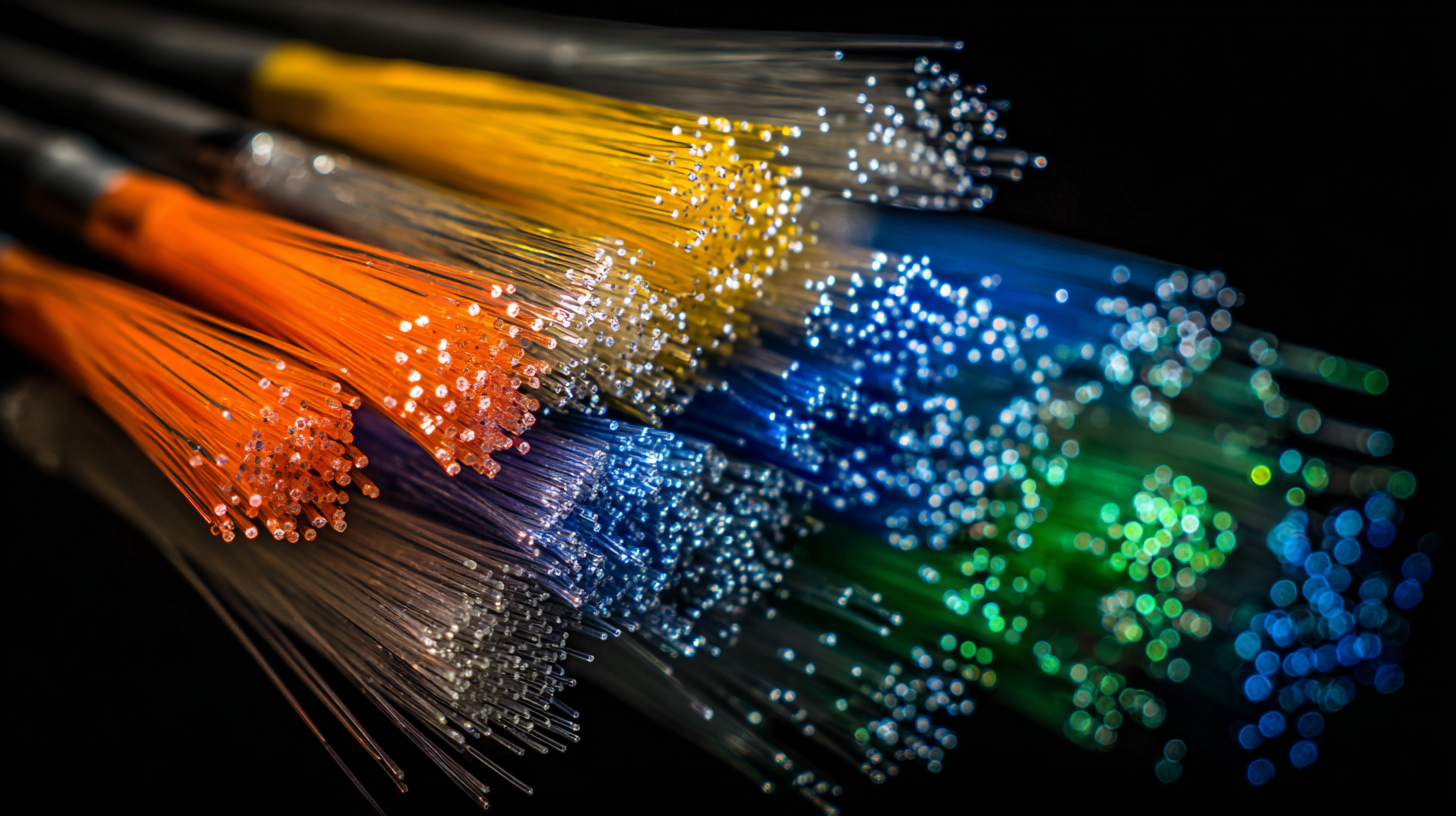
In addition to speed, multi-mode fiber cables offer exceptional reliability. A study from the Fiber Optic Association indicates that MMF can maintain signal integrity at longer distances than traditional copper cabling, reducing the likelihood of data loss due to attenuation and interference. This enhancement is vital as businesses increasingly rely on cloud computing and virtual communication platforms, where uninterrupted data flow is essential. Furthermore, deploying MMF can lead to significant cost savings on maintenance and upgrades, as fewer repeaters and amplifiers are needed compared to older technologies. As the digital landscape grows, investing in multi-mode fiber cables represents a strategic move towards a more reliable and efficient network infrastructure.
As technology continues to evolve, future-proofing network infrastructure becomes a crucial consideration for businesses looking to stay competitive. Multi-mode fiber (MMF) cables offer an effective solution, providing the necessary bandwidth and flexibility to accommodate growing data demands. By adopting MMF, organizations can ensure their networks are scalable, enabling them to adapt to new technologies without the need for complete overhauls.
One of the significant benefits of using multi-mode fiber is its ability to support high-speed data transmission over shorter distances, making it ideal for data centers and enterprise networks. This capacity not only enhances network performance but also reduces latency, ensuring seamless operations. Additionally, MMF cables are typically easier to install and maintain, which can lead to lower operational costs in the long run.
**Tips:** When selecting multi-mode fiber solutions, consider the specific needs of your network, such as distance and speed requirements. Collaborate with a knowledgeable vendor to ensure compatibility with existing equipment. Regularly assess your network's performance to identify areas for improvement, keeping future scalability in mind. Investing in quality MMF cables now will help your infrastructure thrive in the ever-evolving technology landscape.
